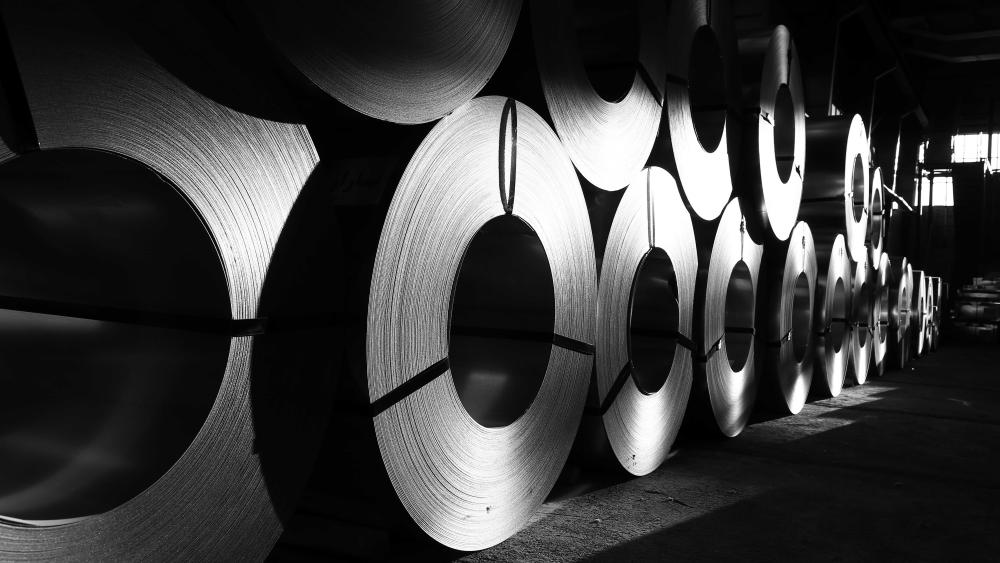Photo by Morteza Mohammadi on Unsplash
In today’s highly competitive global markets, lean manufacturing is no longer something that’s nice to have—it’s a way of life. You can either reduce costs, simplify operations, and improve productivity on a continual basis—or you can lose business to competitors that do.
|
ADVERTISEMENT |
Lean manufacturing starts with having an integrated enterprise resource planning (ERP) system to manage the business from quote to cash, including purchasing raw materials, scheduling jobs, tracking costs, shipping product on time, and invoicing customers. The best ERP systems are flexible and customizable, enabling you to use third-party software integrations to support lean manufacturing efforts.
Take nesting software, which automatically and efficiently arranges individual part shapes on sheets or plates of stock material in a way that produces the least amount of waste. Manufacturers save time and labor costs by eliminating the manual process of determining which parts to cut on an individual sheet of metal; they reduce purchasing costs by minimizing wasted material.
…

Add new comment